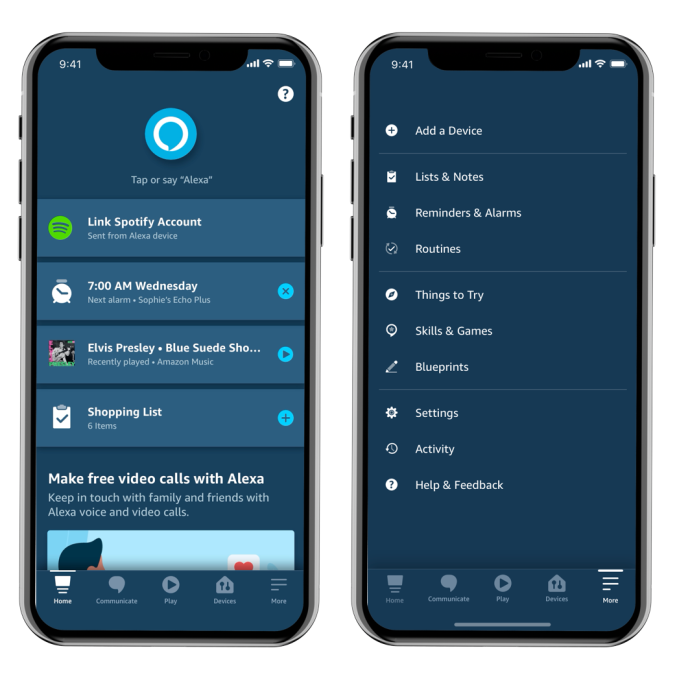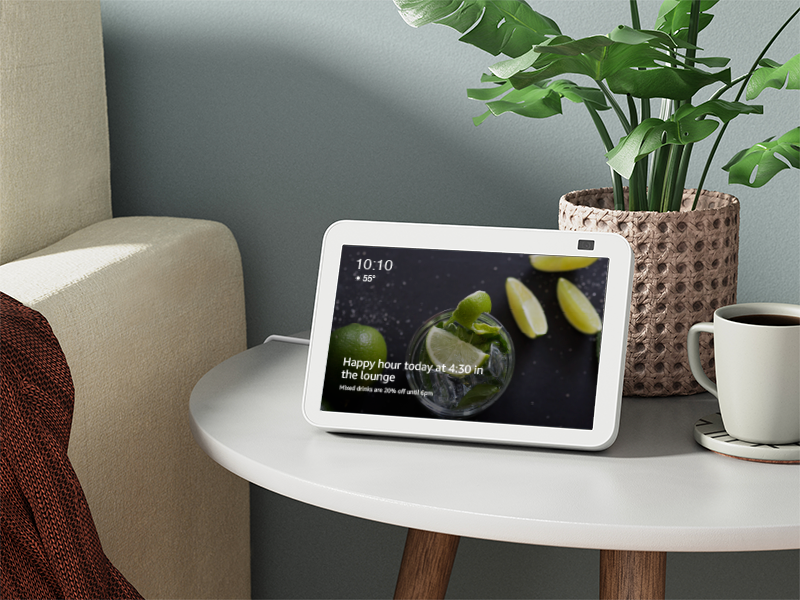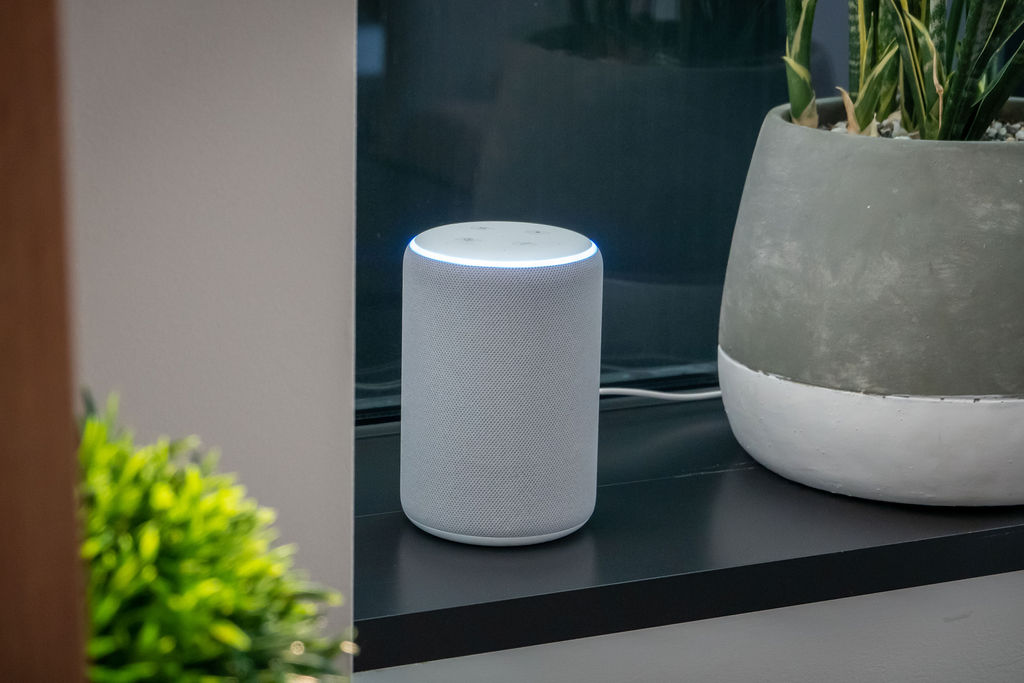Amazon’s AI product, Alexa, offers multiple ways to help complete daily tasks. However, as a virtual assistant, Alexa is more than just a convenient tool that helps check things off your to-do list. It provides many new opportunities and capabilities for people with disabilities.
What is Alexa?
Alexa is a cloud based virtual assistant with a scope that almost appears endless. It can be used and connected to multiple different physical devices such as variations of the Amazon Echo, but also, other smart home technologies like TVs, coffee makers, and lights which can all be controlled using one app. Plus, the presence of Alexa can expand past home environments into sectors such as hospitality. With this benefit of being so versatile among devices and spaces, it contributes to the overall accessibility, inclusivity, compatibility of the product. Specifically, this blog post explains how the main voice control feature and Alexa Blueprints makes Alexa an accessible product.
Voice Control
Alexa’s main voice control feature allows users to accomplish both digital and physical tasks like searching the web or turning off the lights with just the simple command of your voice. Referring to the image below, activating this feature is as simple as saying “Alexa” out loud. This hands-free feature reduces amount of overall movement required, whether it be typing on a phone screen or getting up. Thus, this helps alleviate some of the challenges that a person with a mobility disability or a person with low vision might face. By being able to achieve this with Alexa, it demonstrates and resonates with the social model of disability where this innovative design knocks down barriers that have been once established through previous ways of performing a certain task. On top this, Alexa’s voice control helps go against the economic model of disability. In this model, it views people with disabilities to be highly dependent and makes the conclusion that there is an “inability to participate in work.” However, Alexa challenges this model by enabling people with disabilities and showcasing their ability to function independently and efficiently while also creating an experience where people feel connected.

Alexa Blueprints
When looking at ways Alexa has shown up in environments outside of personal homes, it showcased that businesses and companies can enhance their own product or service for customers who may be people who have disabilities. Alexa Bluesprints is a feature that allows a user to “teach” or personalize their Alexa experience. Through this, customizable responses from the virtual assistant can be created. An example of how this was implemented is when certain Mariott Hotels in 2018 had Amazon Echoes in guest hotel rooms to help connect room devices as well as make it easier to request common hotel services. Thus, it brings the benefit of voice control into the hospitality sector. But to go even further, when it comes to accessibility, this capability to tailor answers to specific questions sparked the idea of being able to have Alexa describe the guest room set up out loud. For people with low vision or blindness this feature can help with navigating new and unfamiliar environments. By providing an audio description of how a room is laid out to a person with low vision or blindness, this can be seen as an example of the biopsychosocial model of disability. Through this model, low vision or blindness is related to the person’s identity, therefore it may prevent the person from visually seeing their surroundings. However, with the implementation of Alexa and the Alexa Blueprints feature, it can help remove that barrier for them.


In conclusion, the Amazon Alexa Voice AI offers several features that can assist people with disabilities. Depending on which features, different models of disability are supported or challenged. But overall, it’s an assistive technology that opens up possibilities for how daily tasks are being approached and done. That being said, the voice control feature and Alexa Blueprints are only the tip of the iceberg when it comes to ways Alexa enables people with disabilities.
